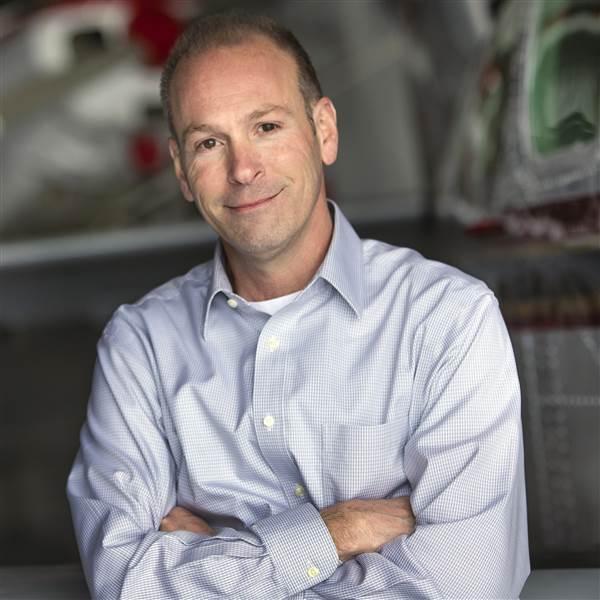Business aircraft operators expect to fly more
Honeywell forecasts increased utilization in 2025, steady demand beyond
Business jet makers are catching up with backlogs, and owners expect to fly more often in 2025. Honeywell’s new business aviation forecast calls for stable demand and long-term growth.
Honeywell released its thirty-third Global Business Aviation Outlook prior to the start of the National Business Aviation Association's Business Aviation Conference and Exhibition, perennially held in Las Vegas—this year October 22 through 24.
New business jet deliveries in 2025 are expected to be 12 percent higher than in 2024—reaching 840—as manufacturers play catch-up on existing orders. Large jets are expected to account for two-thirds of all expenditures of new business jets in the next five years.
“What we’re seeing is a ramp up in production rates over the next couple of years that's going to get us to kind of a new high point in deliveries—higher than we were last decade,” said Kevin Schwab, Honeywell Aerospace systems engineer. “We see steady growth continuing over the next 10 years once we get up to that point. So, we think that there's systematic improvements that are happening in the supply chains; still a lot of work to be done. But we do think that some of the improvements are enabling the OEMs to ramp up production pretty much across the board.”
More than 90 percent of those surveyed expect to fly the same or more in 2025 than in 2024, with higher utilization operators being the most likely to fly more. “Those operators that are currently flying a lot have a higher propensity to say that they're going to fly more next year,” said Schwab. “And then those operators that fly the lower to mid-levels of utilization, said that they're going to fly the same next year.”
The growth in demand is expected to particularly benefit fractional operators as traditional business aircraft users supplement their capacity with fractional shares.
Eighty-five percent of survey respondents said the acquisition of new, more fuel-efficient aircraft is a “very effective” or “moderately effective” method of reducing their carbon footprint and meeting sustainability goals, followed closely by the use of sustainable aviation fuel (SAF) at 55 percent. However, cost and availability remain a barrier to greater adoption of SAF in their operations. With many European countries making efforts to curb business jet activity, operators in Europe are slightly more proactive than their North American peers in lowering their carbon emissions.
Eighty-two percent of respondents said performance was the top purchase driver when considering their next aircraft, with range, maximum payload, number of passengers, and field performance the most important attributes. Cost was the second most important purchase driver at 60 percent, with low operating cost the most important attribute. Customer support and cabin experience rounded out the top four purchase drivers.
Honeywell’s global outlook is based on multiple sources, including surveys of over 375 nonfractional business jet operators representing a fleet of 1,488 business aircraft worldwide.




